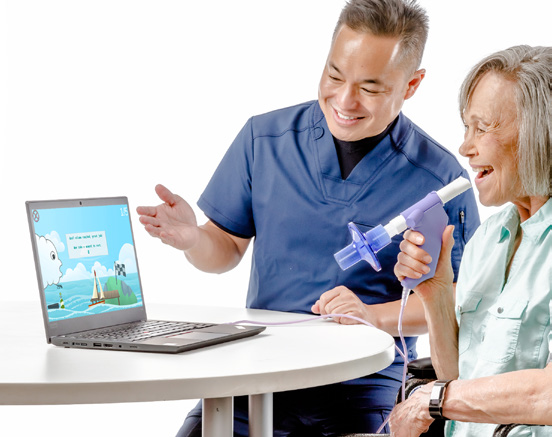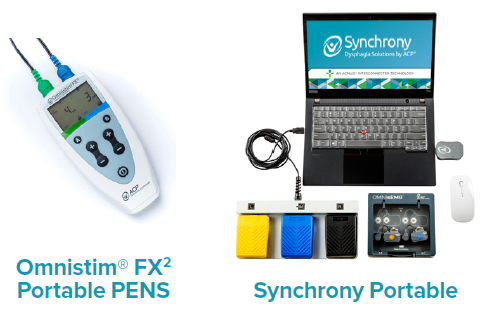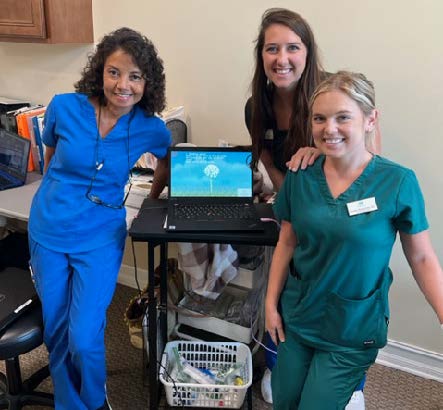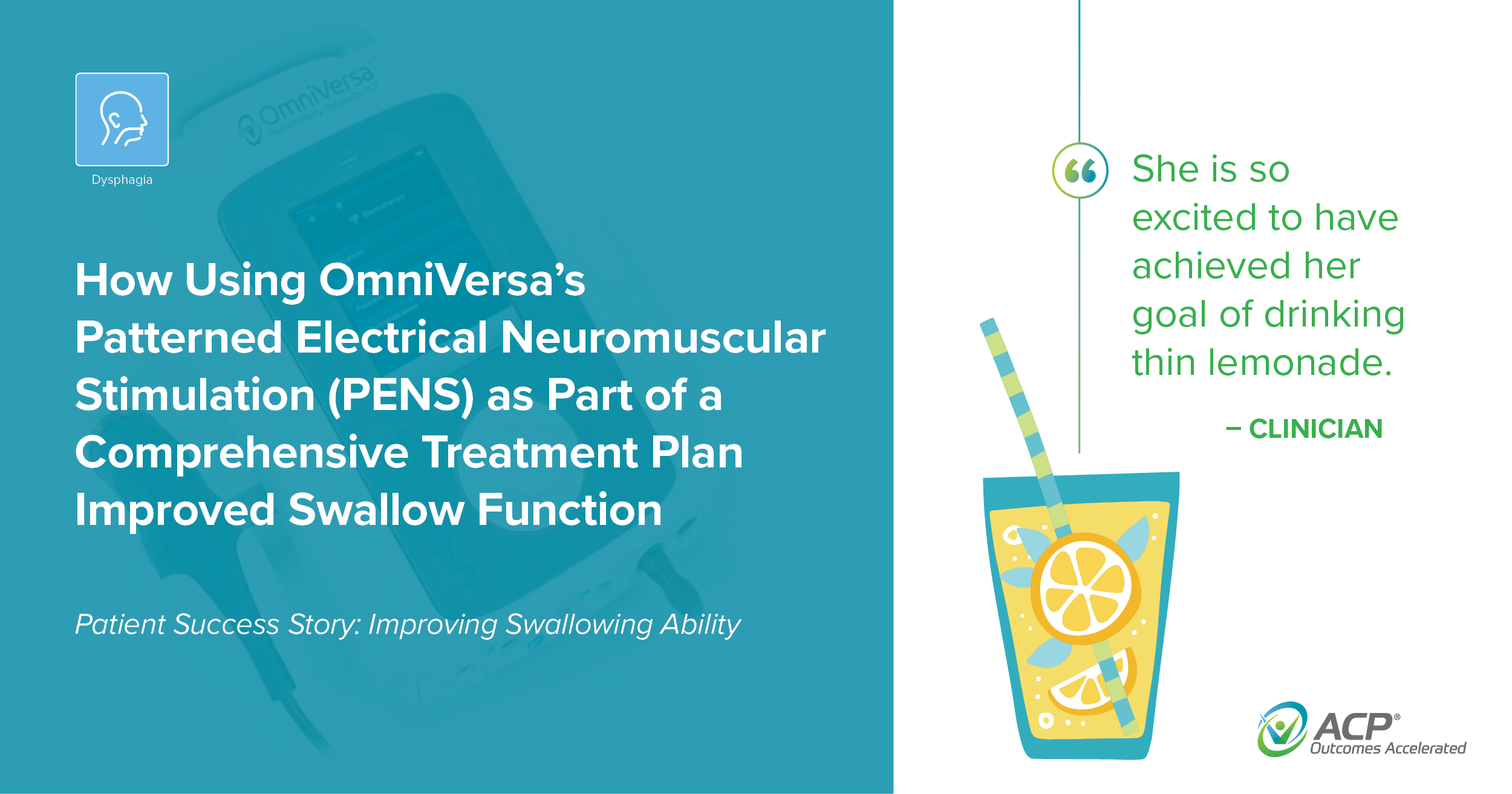SLP Clinical Connection - Celebrating Success
Topics: Dysphagia, Speech Rehab, SLP Clinical Connection
Fall Prevention Using Virtual Reality (VR) for Breathing and Balance Exercises
According to the CDC, more than 25% of older adults fall each year. Muscle strength and balance decline with aging which can lead to falls and diminished quality of life.
Topics: Fall Prevention & Balance, Clinical Tip
This 83-year-old gentleman was admitted to a skilled nursing facility following hospitalization for a bilateral hemisphere stroke (affecting both sides of the brain). As a result, he developed opharyngeal dysphagia (difficulty chewing and swallowing). He was placed on a modified diet and referred to speech-language pathology services to improve swallowing ability. Prior to his stroke, this gentleman lived alone and consumed a regular diet and drank thin liquids.
Topics: Dysphagia, Patient Success Story
SLP Clinical Connection - Champions Corner
| Bernadette, Savannah, Brooke |
|
Team Champions
Bernadette Guy, M.S., CCC-SLP, Savannah Smith, M.A., CCC-SLP, and Brooke Hierholzer, M.S., CFY-SLP, comprise the speech-language pathology (SLP) team at Dolphin Pointe Health Care Center in Jacksonville, FL. They have excelled with implementation of OmniME™ (Synchrony Dysphagia Solutions by ACP® and OmniFlow® Breathing Therapy Biofeedback System).
Topics: Dysphagia, Speech Rehab, SLP Clinical Connection
Effective Alternatives for Pain Management Using Virtual Reality and Breathing Therapy
Acute and chronic pain are prevalent in the United States and can affect an individual’s mobility, function, and independence. According to the CDC, approximately 20% of the adult population suffers from chronic pain. Opioids including oxycodone, tramadol, and fentanyl are among medications often taken for acute and chronic pain. However, opioids have numerous side-effects, are highly addictive, and can lead to overdose and death. Non-pharmacologic alternatives are recommended to address pain and can play a role during the weaning process from opioids.
Topics: Pain Management, Clinical Tip
This 53-year-old woman with multiple sclerosis (MS) was admitted to a transitional care unit following hospitalization for aspiration pneumonia with sepsis (life-threatening body response to infection). She had severe weakness and oropharyngeal dysphagia (difficulty swallowing). As a result, she was referred for rehabilitation services including speech therapy to improve her swallow function. This woman has a history of dysphagia with swallowing treatments due to her MS diagnosis, but prior to hospitalization she consumed a regular diet with thin liquids.
Topics: Dysphagia, Patient Success Story
A skilled nursing facility rehab department incorporated the OmniVR® for residents in their memory care unit as a way to make activities interactive and fun. Therapists note it is typically difficult to engage these and similar residents in activities, sustain their attention, and keep them actively involved.
Topics: Patient Success Story, Neuro Rehab
Improving ADLs in Chronic Conditions
According to the CDC, 78% of adults over 55 in the U.S. have one or more chronic conditions. The ability to perform activities of daily living (ADLs) such as transfers, dressing, and bathing along with instrumental activities of daily living (IADLs) such as shopping, cooking, and cleaning informs healthcare professionals regarding the individual’s level of independence. With chronic conditions such as COPD, chronic heart failure, stroke, and diabetes, individuals may have dyspnea, weakness, and poor aerobic capacity which in turn may lead to impaired ability to perform ADLs and IADLs.
Topics: Clinical Tip, Cardiopulmonary





.png)


.png)

